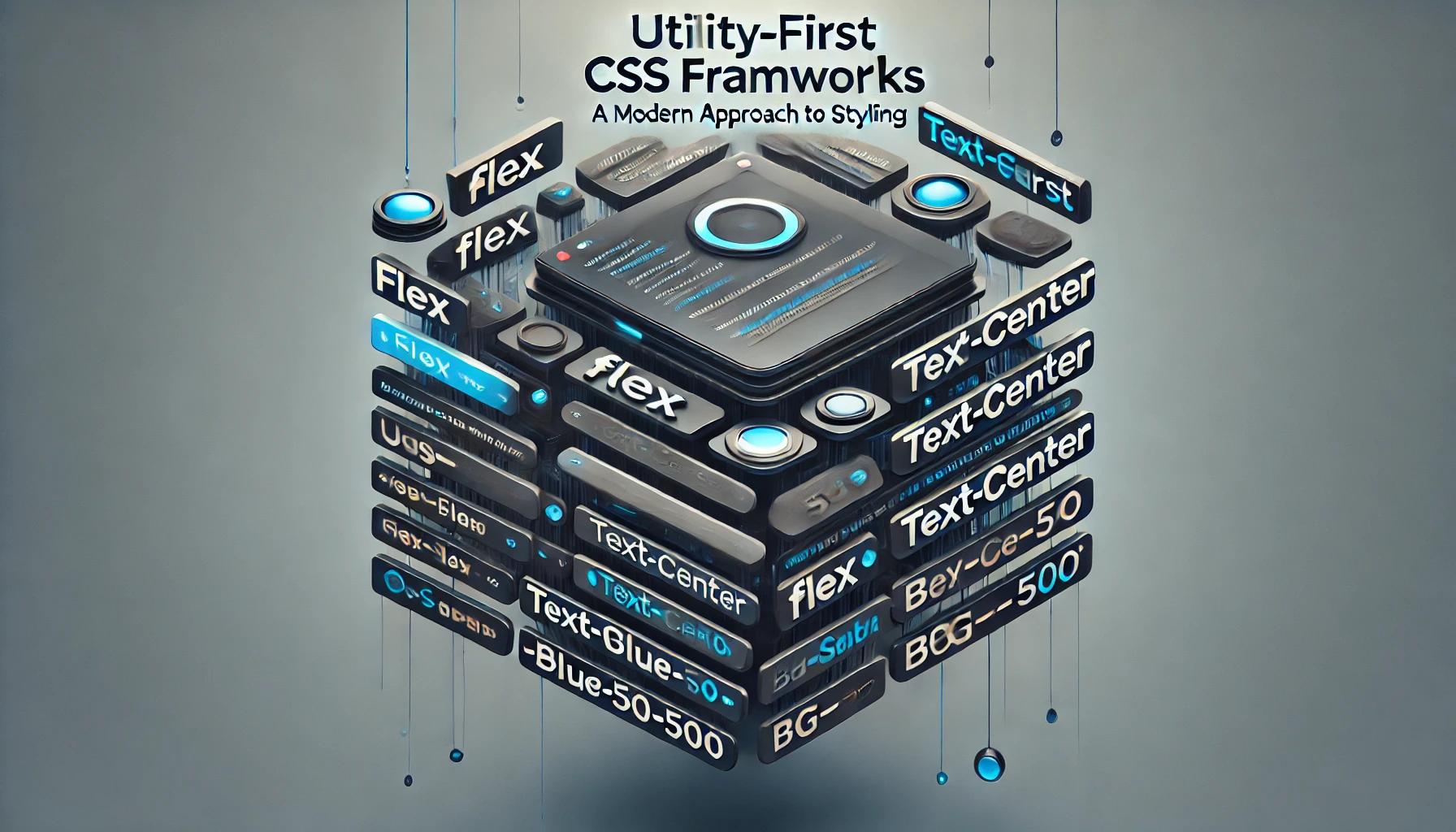In the ever-evolving world of web development, Utility-First CSS Frameworks have emerged as a powerful tool for building responsive, maintainable, and scalable user interfaces. Unlike traditional CSS frameworks that rely on pre-designed components, utility-first frameworks focus on providing small, single-purpose classes that can be combined to create custom designs.
What is Utility-First CSS?
Utility-First CSS is a methodology where styles are applied directly to HTML elements using small, reusable classes. Instead of writing custom CSS for every component, you use utility classes like text-center, bg-blue-500, or p-4 to style your elements. This approach promotes consistency and reduces the need for writing repetitive CSS.
Popular Utility-First Frameworks
- Tailwind CSS
Tailwind is the most popular utility-first CSS framework. It provides a comprehensive set of utility classes for spacing, typography, colors, and more. Tailwind is highly customizable and integrates seamlessly with modern build tools. - Tachyons
Tachyons is a lightweight utility-first framework that emphasizes performance and simplicity. It’s a great choice for developers who want a minimalistic approach to styling. - Bootstrap Utility Classes
Bootstrap, a traditional component-based framework, has also embraced utility-first principles with its utility API. This allows developers to use utility classes alongside Bootstrap’s pre-built components.
Benefits of Utility-First CSS
- Faster Development: Utility classes eliminate the need to write custom CSS, speeding up the development process.
- Consistency: By reusing utility classes, you ensure a consistent design across your application.
- Responsive Design: Utility-first frameworks make it easy to create responsive layouts with classes like
md:text-centerorlg:p-8. - Customizability: Frameworks like Tailwind allow you to configure colors, spacing, and other design tokens to match your brand.
Drawbacks
- Learning Curve: Utility-first frameworks require learning a new set of class names and conventions.
- Verbose HTML: Your HTML can become cluttered with multiple utility classes.
- File Size: Without proper optimization, utility-first CSS can lead to larger CSS files.
When to Use Utility-First CSS?
Utility-first frameworks are ideal for:
- Projects requiring custom designs.
- Teams that value consistency and reusability.
- Developers who prefer writing less custom CSS.
Conclusion
Utility-First CSS Frameworks like Tailwind CSS and Tachyons are revolutionizing the way we style web applications. By focusing on reusable utility classes, they offer a flexible and efficient approach to building modern UIs. While they may not be suitable for every project, they are a valuable tool in any developer’s toolkit.
Give utility-first CSS a try in your next project and experience the benefits of faster, more consistent styling!
 Waleed Ali Khan
Waleed Ali Khan